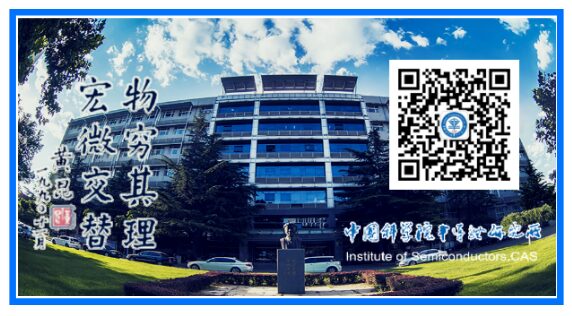
Source: Tiger Talks Chips
Original Author: Tiger Talks Chips
This article introduces the characteristics of Application Specific Integrated Circuits (ASICs) and their differences from other integrated circuits.
ASIC (Application Specific Integrated Circuit) is an integrated circuit designed and optimized for specific applications. Its functions are fixed during manufacturing and cannot be changed or reprogrammed. Unlike general-purpose processors (such as CPUs), ASICs are designed to execute only one task or function. For example, the CPU in a mobile phone is a typical ASIC, which has its function as a computing processing unit determined from the beginning and will not change throughout the phone’s lifecycle.
1. Design and Manufacturing
The design of ASICs is aimed at solving a specific computational task or functional requirement. For instance, if a system requires extensive encryption computation, the designer will customize an ASIC based on the encryption algorithm to specifically carry out these computations. ASIC design typically requires the use of Hardware Description Languages (HDL, such as Verilog or VHDL) to describe its circuit behavior and structure. Unlike FPGAs, its circuit layout is fixed during production, making the design, manufacturing, and implementation process irreversible.
2. Fixed Functionality
The most prominent feature of ASICs is their fixed functionality. They are tailored for specific tasks and perform the same task throughout their lifecycle, whether in mobile phones, televisions, network devices, or various control systems in industrial automation. Their functionality cannot be flexibly altered like that of FPGAs.
3. Performance and Efficiency
Due to their singular and targeted functionality, ASICs can typically provide very high performance and efficiency when executing a task. For example, an ASIC designed for encryption tasks may be significantly faster than an FPGA or CPU when processing encryption, and it consumes less power. Because it does not need to be reconfigured like an FPGA or process complex logic, it directly completes specific tasks at the hardware level, saving a substantial amount of resources.
4. Comparison with FPGAs
FPGAs (Field Programmable Gate Arrays) and ASICs are both integrated circuits, but they differ significantly in their working principles and usage scenarios. One can think of an FPGA as a “Lego castle” made up of many programmable modules (such as logic gates, lookup tables, etc.), where each module can be adjusted and combined according to needs. In contrast, an ASIC is like a house built with concrete; once the design is completed, all structures are fixed and cannot be changed.
Flexibility:The greatest advantage of FPGAs is their flexibility; they can reconfigure the circuit according to different needs, making them suitable for applications that may require modification during their lifecycle. ASICs excel in fixed functionality, once designed, their functions cannot change, making them suitable for scenarios with clear and long-term unchanging requirements.
Development Cost:The design and manufacturing costs of ASICs are relatively high due to the need for specialized hardware design, manufacturing processes, and verification, whereas FPGAs are relatively flexible with lower initial costs. For short-term projects or applications requiring rapid iteration, FPGAs are a better choice, while ASICs are more suitable for large-scale mass production and long-term efficient and stable applications.
5. Hard-core Modules and Specialized Functions
Some advanced FPGA chips integrate hard-core modules, such as ARM processor cores, DSP modules, Block RAM, etc. These hard-core modules provide higher hardware processing capabilities, but their functionality still cannot compare to the fixed hardware logic of ASICs. ASICs achieve computation through direct hard wiring, offering superior efficiency and power consumption. The hard-core modules integrated into FPGAs are more to compensate for the performance loss due to their flexibility.
In summary, ASICs are integrated circuits customized for specific applications, providing extremely high efficiency and performance when executing specific tasks, but once produced, their functionality cannot change. In contrast, FPGAs are known for their flexibility, allowing circuit reconstruction as needed, making them suitable for rapid iteration and development phases. Both have their advantages and are suitable for different application scenarios.
END
This reprinted content only represents the author’s views.
It does not represent the position of the Semiconductor Institute of the Chinese Academy of Sciences.
Editor: Catnip
Responsible Editor: Muxin
Submission Email: [email protected]
1. The Semiconductor Institute has made progress in research on bionic covering-type neuron models and learning methods.
2. The Semiconductor Institute has made significant progress in inverted structure perovskite solar cells.
3. Why is copper used as the interconnect metal in chips?
4. What exactly is the 7nm in chips?
5. Silicon-based integrated optical quantum chip technology.
6. How anomalous is the quantum anomalous Hall effect? It may lead to the next revolution in information technology!



